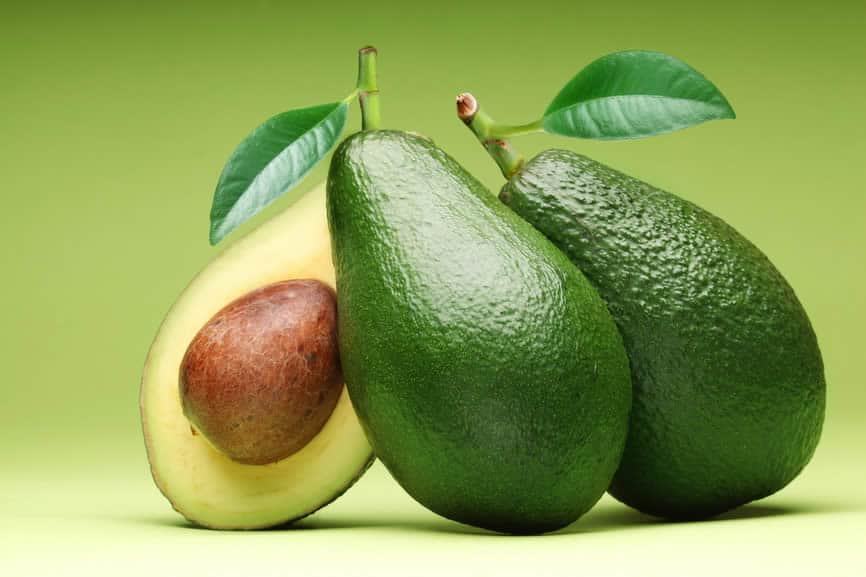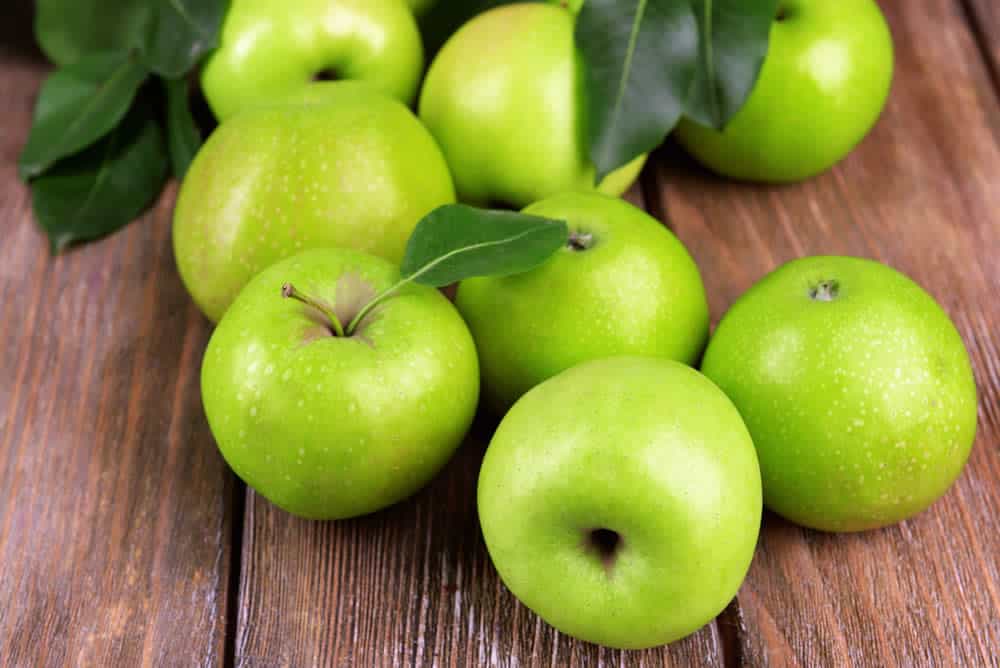

Updated February 28, 2024.
The month of March is here, and with it comes a lot of standout days. First off, it’s National Nutrition Month, but you also have the first day of Spring and St. Patrick’s Day.
St. Patrick’s Day always falls on the 17th of March which was the death of St. Patrick, the patron saint of Ireland. With the holiday comes many celebrations of Irish culture including special food, music, drinks, and the color green! (1)
In honor of St. Patrick’s Day (and National Nutrition Month), here are a few go-to green foods to incorporate into your routine followed up by some tasty recipes and ideas from Registered Dietitians.
Green Cabbage
A big staple in the Irish tradition, green cabbage is most often served alongside corned beef as an Irish dish. This vegetable is considered a cruciferous veggie along with kale, Brussels sprouts, collards, arugula, and many others. They are called “cruciferous” because the Latin word Cruciferae means “cross bearing” and the four petals on these vegetables look like a cross. (2)
Green cabbage is low in calories but rich in fiber, which can be beneficial in slowing digestion and helping you feel full for a longer period of time. It also contains phytonutrients, which are compounds found in plants that may reduce inflammation and risk of cancer. (2)
The USDA Food Central Database shows 1 cup of chopped, raw green cabbage being rich in nutrients such as folate, vitamin C, and vitamin K. (3)
Avocado

Although avocados are from Mexico and not Ireland, their green color and nutritional value will make it a perfect food to stay festive and healthy on St. Patrick’s Day. Avocados are chock full of “healthy” fats called monounsaturated and polyunsaturated fatty acids. When these fats are eaten in moderation, they can be beneficial in reducing “bad” cholesterol levels. (4)
Adding in avocado to your meals may also keep you full for a longer period of time. A 2013 study published in Nutrition Journal (5) studied 26 overweight adults to see if adding half an avocado to lunch helped with satiety. The results showed that adding that avocado could keep participants satisfied for a 3 to 5-hour period.
Green Apples

A tart and mildly sweet apple, green or Granny Smith apples are best used when you are looking to bake as they are firm and crisp and will not get mushy in high temperatures. (6) Apples overall are a great fruit to have on hand as they are portable, easy to find year-round, and have many health benefits.
Apples are an excellent source of both soluble and insoluble fiber, phytochemicals, and vitamin C. Research has shown that, over time, eating apples can benefit:
- cardiovascular health
- type 2 diabetes
- weight control
- and cancer.
One study done on 38,000 women for almost 9 years resulted in a 28% lower risk of type 2 diabetes when they ate one or more apples each day. Another study found that after 10 years there was a significant association with high intake of apples and reduced risk of stroke in almost 75,000 Swedish men and women. (6)
Kiwi
Another fruit, kiwi has a bright green center when you cut through its fuzzy brown exterior. It’s a small fruit that can fit in the palm of your hand, but it packs a large punch when it comes to the nutrients it contains.
Nutritional benefits of kiwi include: (7)
- Vitamin C – an immune boosting nutrient
- Fiber – helps with regular digestion and lower cholesterol
- Potassium – maintains electrolyte balance and releases energy when exercising
- Antioxidants – reduce risk of cancer, heart disease, and stroke
- Folate – a nutrient that is important during pregnancies to prevent birth defects
Green Herbs (Dill, Parsley, Basil)
Think beyond salt and pepper and focus on different green herbs you could add to your favorite dishes to flavor them!
- Dill: Recognized by a soft and feather-like appearance, dill has a sweet aroma and clean flavor. It’s recommended to use this herb in raw dishes or toward the end of cooking because it will help to preserve its flavor. Dill is often used to pickle vegetables, but also tastes great with fish, dips, and salads. (8)
- Parsley: This herb comes in two different types; flat leaf and curly. It has a very mild flavor and is typically used in salads, stocks, sandwiches, and as a garnish. Both the leaves and the root are often used in many Mediterranean and European cuisines. (9)
- Basil: A very versatile, sweet, and aromatic herb, basil is often used to flavor vegetables, tomato-based products, and fish. You often find fresh basil on Margherita-style pizza. (10)
Spirulina
This green food is actually algae and has been used for centuries as a food source in other countries. Spirulina grows in conditions that other organisms typically can’t thrive, oftentimes harvested from manmade or natural lakes. From there, it’s freeze dried and sold in powder, capsule, or tablet form. (11)
The content of spirulina is 60% protein, which is more than most vegetables. Beyond that, it contains beta-carotene, iron, and gamma-linolenic acid (GLA) which is an essential fatty acid. The powder form is a great addition to smoothies or broths to not only add a bold green color, but to easily incorporate its nutrients.
When reading on spirulina, you may find many claims that it could promote, prevent, treat, or cure certain conditions. Most studies done so far have been small or animal-based studies, which provides little to no evidence on those claims. It’s fine to eat, but don’t expect a miracle!
Note: Elevate your daily routine with Superfood Greens Complex – your key to wellness and vitality! Not only does Superfood Greens Complex promote healthy liver function and detoxification, but it also contains powerful antioxidants.




